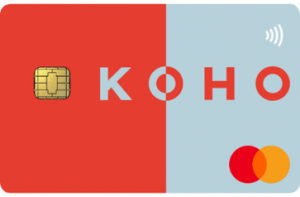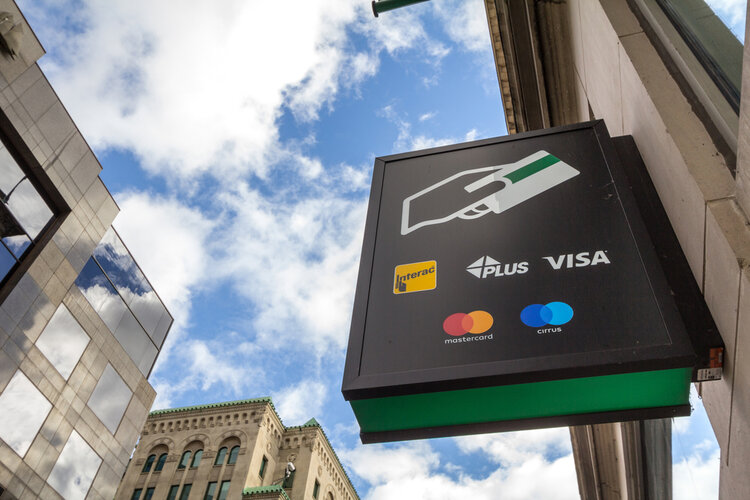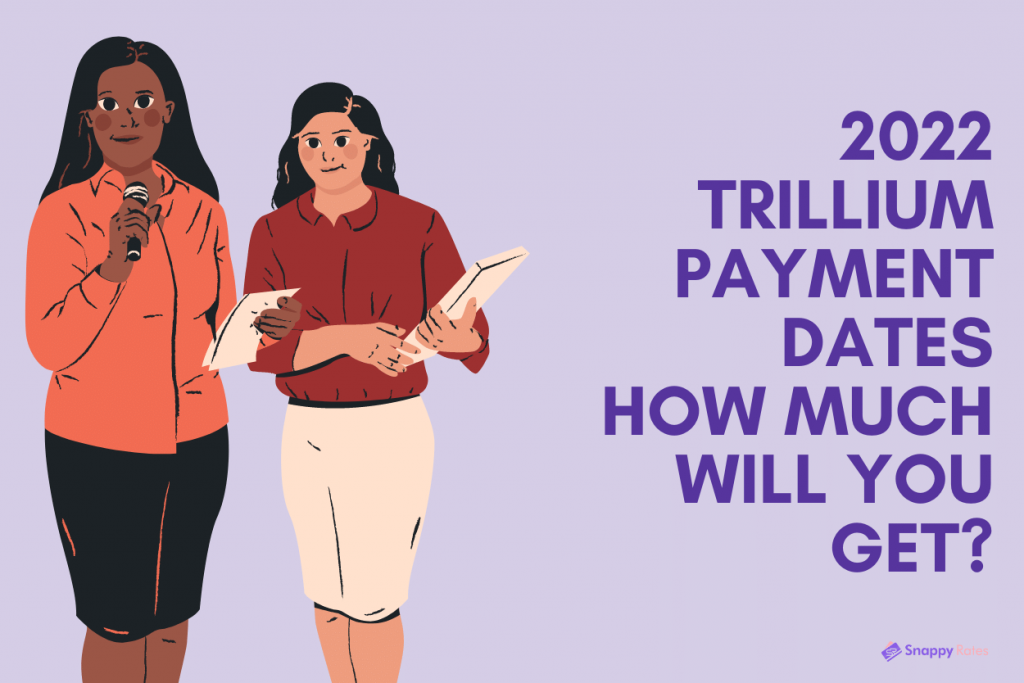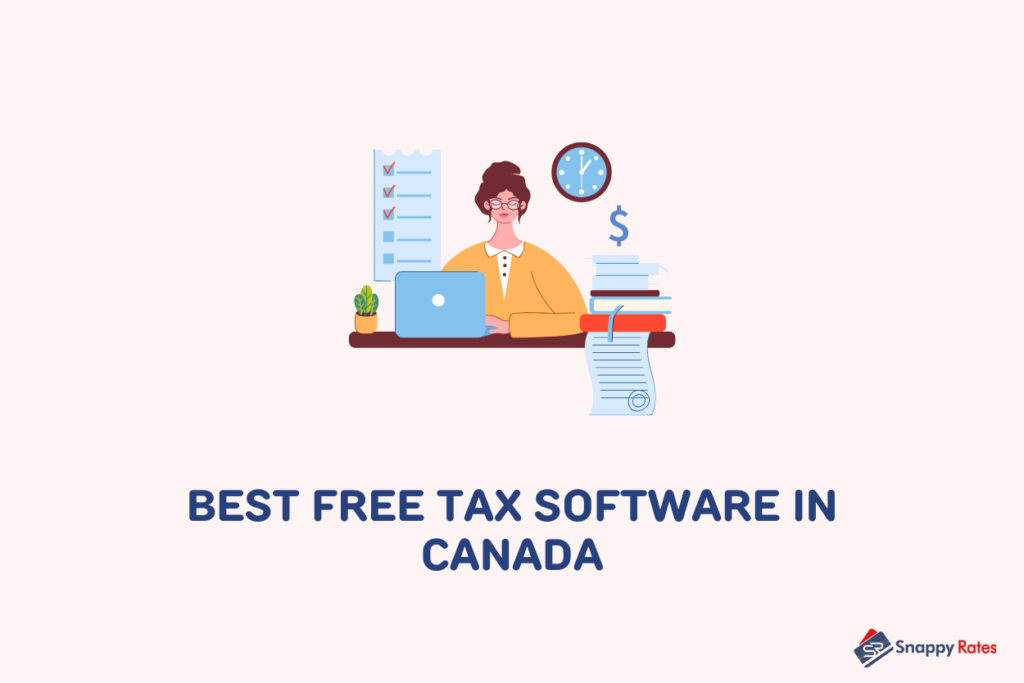The Old Age Security (OAS) pension is a monthly benefit paid to eligible seniors who are 65 years or older in Canada.
OAS was designed to replace part of a retiree’s pre-retirement income. In cases where a senior falls into the “low-income” category even after factoring in Canada Pension Plan (CPP) payments, they may also qualify for OAS Supplements.
This article covers what you need to know about your monthly OAS amount, payment dates, supplements, and how to increase your benefits and limit OAS clawback.
OAS Payment Dates 2024
Payments for the Old Age Security pension, Guaranteed Income Supplement, Allowance, and Allowance for the Survivor occur on:
- January 29, 2024
- February 27, 2024
- March 26, 2024
- April 26, 2024
- May 29, 2024
- June 26, 2024
- July 29, 2024
- August 28, 2024
- September 25, 2024
- October 29, 2024
- November 27, 2024
- December 20, 2024
These dates also coincide with when CPP payments are received.
How Much is OAS in 2024?
The maximum OAS amount is $713.34 per month for seniors aged 65 to 74. For those above 75, the maximum is $784.67 per month.
To qualify for the maximum OAS, you must have lived in Canada for at least 40 years after age 18.
For residency periods less than 40 years, you receive a partial benefit.
For example, if you have lived in Canada for 30 years as an adult, your monthly payment is 75% of the maximum (i.e. 3/4th).
What is OAS?
OAS is a retirement pension plan administered by the federal government. It is one of the three pillars of retirement income, with the others being the CPP and workplace pensions or personal retirement savings.
Unlike the CPP, the Old Age Security pension is not dependent on your contributions or employment history.
Payments start at age 65, and you can apply for it online through your My Service Canada account or by using the paper application (ISP-3550). You may also be enrolled automatically.
OAS Eligibility Requirements
Seniors must meet some basic criteria to qualify for OAS payments, including:
- Be at least 65 years old.
- Be a legal resident or citizen at the time of application.
- Have resided in Canada for at least 10 years as an adult.
For individuals residing outside of Canada, they must have:
- Been a legal resident or citizen of Canada before leaving Canada.
- Lived in Canada for at least 20 years as an adult.
Some exceptions may be applicable for individuals who have worked for Canadian employers abroad (e.g. Canadian Armed Forces), as well as those who have lived in countries that have a social security agreement with Canada.
How To Increase Your OAS Payments
OAS amounts are adjusted every quarter to bring them in line with the cost of living. Increases are based on the Consumer Price Index, and you don’t need to do anything in order to benefit.
You can voluntarily choose to delay when you start collecting OAS to increase your benefit amount. For each month you delay starting from age 65, you see an increase of 0.6% in benefits.
Given that you can defer OAS until age 70, the maximum increase in monthly benefits is 36%.
Seniors should balance their decision to delay OAS with other factors, including mandatory RRIF withdrawals at age 71, eligibility for GIS, and the OAS clawback threshold.
OAS Clawback
Officially known as the OAS recovery tax, OAS clawback refers to the threshold income amount at which you start to lose OAS benefits.
For example, if your net income in 2021 was more than $79,845, you will have to pay back 15% of the excess amounts during the July 2022 to June 2023 recovery tax period.
On a $85,000 income, this amounts to 15% of $5,155 or $773.25 or $64.43 per month.
There is also a maximum income threshold at which OAS benefits become $0. For July 2023 to June 2024 payment period, it is $142,609 (age 65-74) or $148,179 (age 75 and over).
The table below shows the minimum and maximum income threshold for OAS clawback from 2021-2024:
| Recovery Tax period | Income Year | Minimum Income Threshold | Maximum Income Threshold |
| July 2021 to June 2022 | 2020 | $79,054 | $128,149 |
| July 2022 to June 2023 | 2021 | $79,845 | $129,757 |
| July 2023 to June 2024 | 2022 | $81,761 | $142,609 |
How To Reduce OAS Clawback
You can minimize the impact of OAS clawback with the following strategies:
1. Defer OAS and/or CPP: Deferring your OAS until later will increase the benefits you receive in the future. If your other income sources now (e.g. employment income) put you over the recovery tax threshold, this strategy can help.
2. Invest in a TFSA: TFSA investments grow tax-free, and withdrawals do not count toward your taxable income. In retirement, you can easily draw income from your TFSA without impacting your eligibility for OAS.
3. Contribute to an RRSP: You can continue contributing to an RRSP until age 71 if you have contribution room. RRSP contributions lower your net income.
Note that at age 71, you must close your RRSP, and the minimum withdrawals from an RRIF may end up pushing you over the limit.
4. Make RRSP Withdrawals Early: Consider making RRSP withdrawals before age 65 or when you are in a low-income tax bracket. For example, if you stopped working at age 60, you can live on RRSP income and contribute excess funds to a TFSA.
When you start collecting OAS, you can lower your RRSP withdrawals.
5. Use Income splitting: You can split eligible retirement income with your spouse and minimize your family’s overall tax burden and exposure to OAS clawback.
OAS Supplement Benefits
A non-taxable benefit known as the Guaranteed Income Supplement (GIS) is paid to OAS recipients with low income.
To qualify, you must:
- Be 65 years or older
- Live in Canada
- Be receiving the OAS
- Meet the income threshold
For 2024, the income threshold is $21,624 for a pensioner who is single, divorced, or widowed. For those who have a spouse or common-law partner, the income threshold is from $28,560 to $39,984, subject to other factors.
The maximum GIS per month for the July 2023 to June 2024 period is $1,065.47. You can check out the updated numbers here.
An Allowance Benefit is available to an eligible spouse or partner of a pensioner who is a recipient of the GIS.
To qualify, your spouse or common-law partner must be:
- 60-64 years of age
- A legal resident or citizen
- Living in Canada and have lived here for at least 10 years since turning 18
Also, your combined income must be less than $39,984.
The maximum monthly Allowance benefit is $1,354.69 for the January to March period.
OAS Survivor Benefits
The Allowance for the Survivor benefit is a monthly payment available to seniors aged 60-64 who have lost their spouse or common-law partner.
To qualify, you must:
- Be in the 60-64 age range
- Live in Canada and have lived here for at least 10 years since turning 18
- Be a legal resident or citizen
- Have an income below the maximum threshold (i.e. $29,112 for the January to March 2024 quarter)
- Have lost your spouse and not remarried
The maximum Allowance for the Survivor benefit is $1,614.89 for the January to March 2024 period.
How To Apply For The OAS
Service Canada may send you a letter when you are 64 years of age, with details of your automatic enrollment for the benefit.
If you don’t get a letter the month after you turn 64 or the letter contains incorrect information, you will need to send in an application.
The OAS application can be completed online through your My Service Canada Account (MSCA), or you can complete the paper form.
Is OAS Taxable?
OAS benefits are taxed as ordinary income based on your income tax bracket.
You can pay your taxes quarterly or apply to pay them monthly by completing the ISP-3520OAS form or opting in via your MSCA.
At the end of the tax year, Service Canada will send you a T4A (OAS) slip to complete your tax return.
Unlike OAS, GIS payments are not taxable.
OAS Payment FAQs
What is the maximum OAS for 2024?
The maximum monthly OAS pension is $713.34 per month if you are aged 65 to 74, and $784.67 if you are 75 or older.
When does OAS increase?
The OAS amount is adjusted every quarter based on the Consumer Price Index. Depending on the inflation rate, you could see an increase in benefits in January, April, July, and October 2024.
What is the difference between OAS and GIS?
GIS benefits are additional benefits paid to low-income seniors who are receiving the OAS. Unlike OAS, you don’t pay tax on GIS income.
Can I collect OAS while abroad?
Yes, you can receive OAS pension payments while living abroad if you meet the minimum residency requirement, i.e. you have lived in Canada for at least 20 years as an adult.
How much OAS will I get at 70?
If you delay taking OAS until age 70, you will get 36% more in monthly benefits.
Related:







I am 72 years old, and I collect $533.47 per month. Can you explain why I’m so much below the minimum amount today of $666.83 per month at age 65?
@Albert: The amount you receive may be lower if you have lived in Canada for less than 40 years as an adult (i.e. since age 18) at the time you qualified for the benefit.